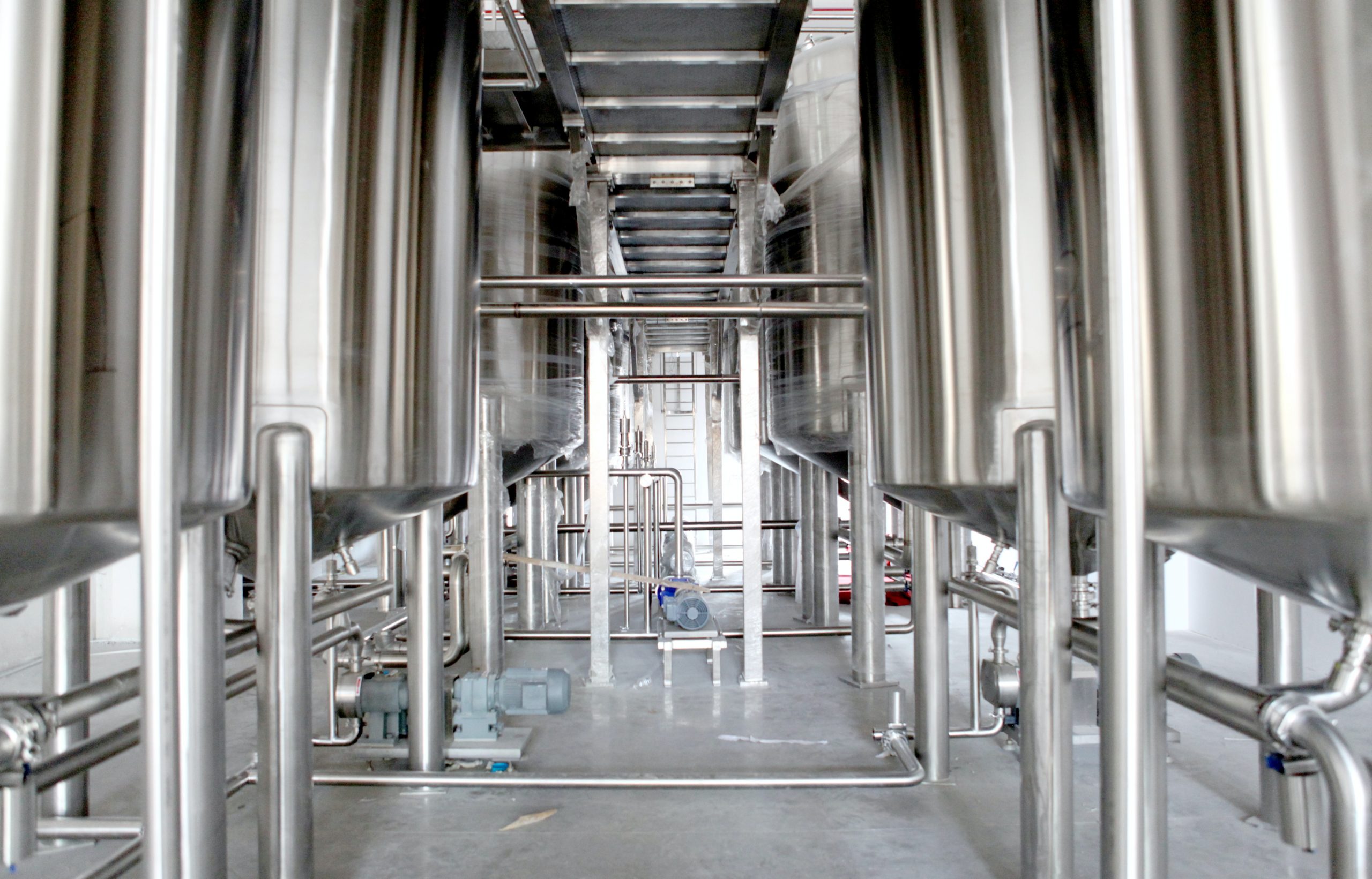23 Nov Is lab-grown meat really all it steaks up to be?
The Good Food Institute recently commissioned a techno-economic analysis projecting the future costs of producing lab-grown meat, that has since seen backlash as lab-grown meat’s inevitability is put to question.
The report models the cost of producing lab-grown meat at industrial scale following various future scenarios to build a timeline out to 2030. The modelling illustrates diminishing costs from a current baseline using data from 15 companies in this field. Currently, production prices are over US$22,000 per kg of product. If significant technical and economic barriers were addressed, the report estimated the cost could drop to $6.43 per kg in 2030. The report provides a positive outlook on the future of lab-cultivated food products being economically accessible and technologically viable.
This has seen backlash by experts in the fields of biotechnology and economics. Overcoming the barriers required to scale-up this technology and realising the stated cost reductions have been labelled as “very theoretical”, over-reaching biological limits, and underestimating the costs involved. For example, it would cost an estimated $1.8 trillion to build the facilities required to produce even 10% of the current meat supply.
These findings exemplify the caution that must be taken when considering media articles and the claims of biotech start-ups, projecting a future and timeline for lab-grown meat that drives interest in the technology. Although these technologically-derived products may support a sustainable food system in the future, the significant challenges this sector faces indicate that we must focus on the efficient use of current resources today, without relying on the future potential of such technologies.
Photo by Crystal Kwok on Unsplash






